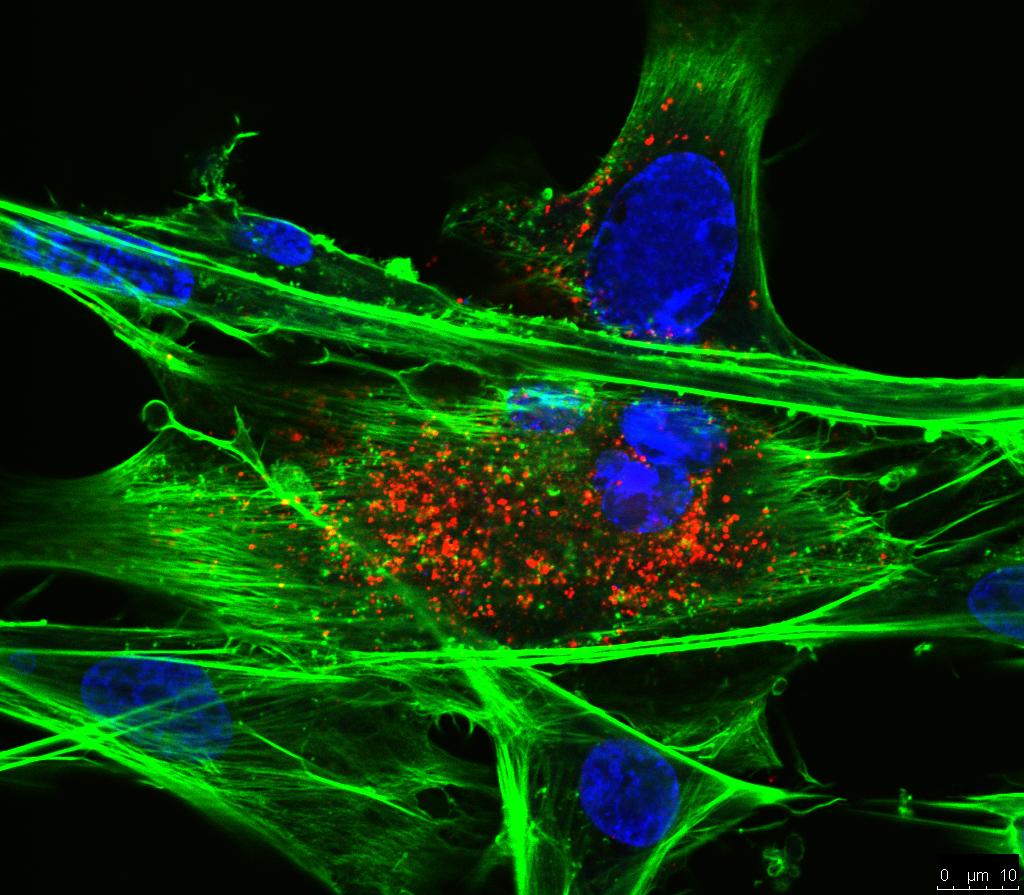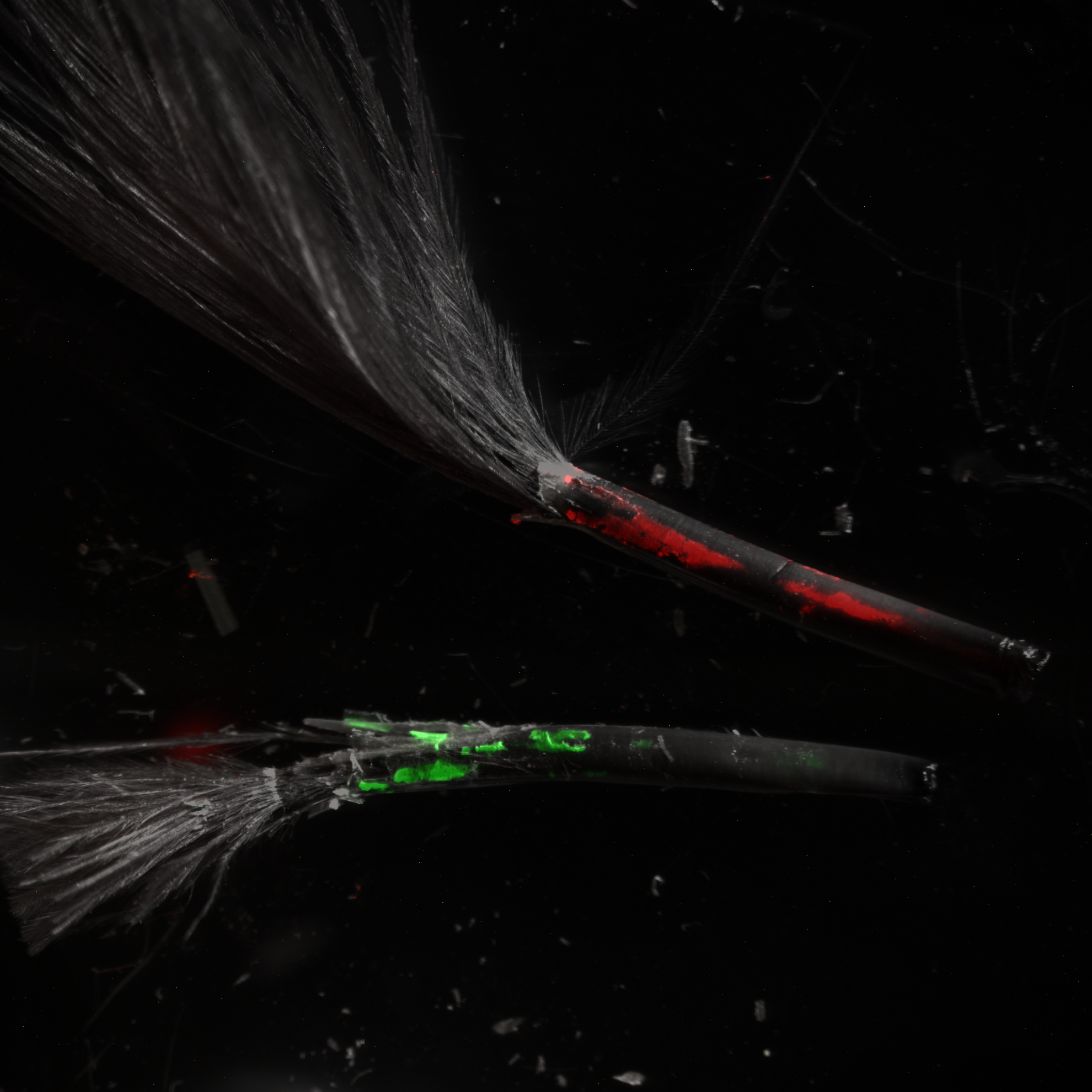Multifunctional miR-155 pathway in avian oncogenic virus-induced neoplastic diseases
MicroRNAs (miRNAs) are small noncoding RNAs that fine-tune the responses of the cell by modulating the cell transcriptome and gene expression. MicroRNA 155 (miR-155) is a conserved multifunctional miRNA involved in multiple roles including the modulation of the immune responses. When deregulated, miR-155 can also contribute to cancer as has been demonstrated in several human malignancies such as diffuse large B cell lymphoma, chronic lymphocytic leukemia, as well as in Epstein(-)Barr virus (EBV)-induced B cell transformation. Avian oncogenic viruses such as Marek's disease virus (MDV), avian leukosis virus (ALV), and reticuloendotheliosis virus (REV) that account for more than 90% of cancers in avian species, also make use of the miR-155 pathway during oncogenesis. While oncogenic retroviruses, such as ALV, activate miR-155 by insertional activation, acutely transforming retroviruses use transduced oncogenes such as v-rel to upregulate miR-155 expression. MDV on the other hand, encodes a functional miR-155 ortholog mdv1-miR-M4, similar to the miR-155 ortholog kshv-miR-K11 present in Kaposi's sarcoma-associated herpesvirus (KSHV). We have shown that mdv1-miR-M4 is critical for the induction of MDV-induced lymphomas further demonstrating the oncogenic potential of miR-155 pathway in cancers irrespective of the diverse etiology. In this review, we discuss on our current understanding of miR-155 function in virus-induced lymphomas focusing primarily on avian oncogenic viruses.


